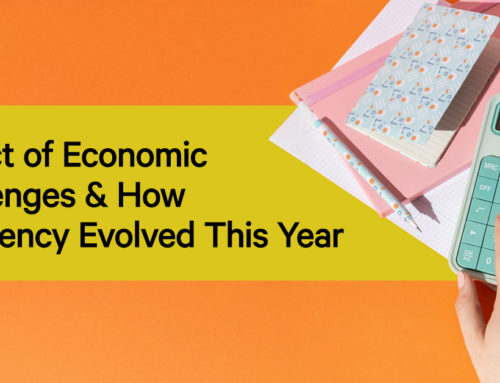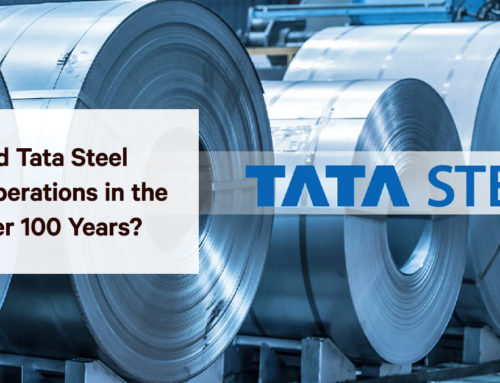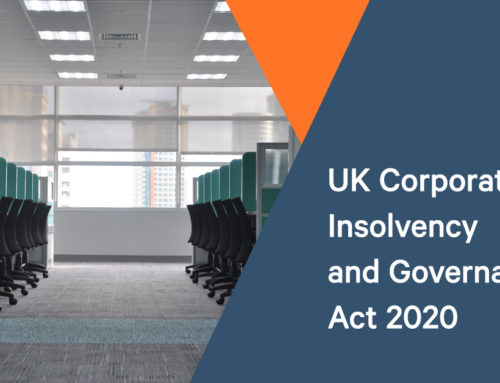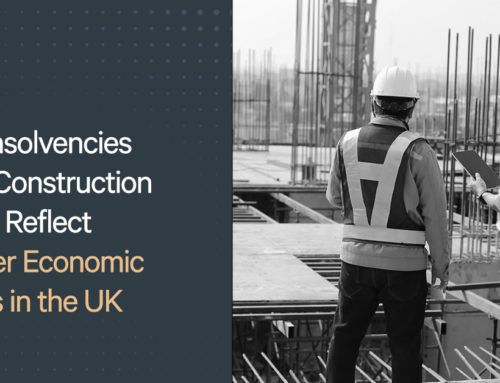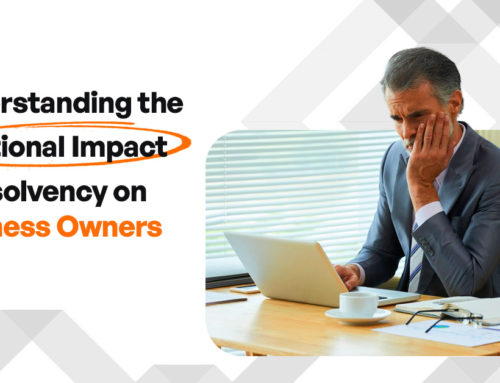When a creditor lends money to a company, it is taking a risk. Whether the creditor is a bank or other lending institution, a credit card or mortgage provider, bond purchasers or utility companies, or an individual, director or shareholder, lending money is a risky course of action, particularly if the debtor defaults on payments.
That said, should a debtor default on their payments, some creditors are in a better position than others in seeing a return on their debt in respect of creditors voluntary arrangements, or even liquidations. This is because there is a set order of which creditor gets paid first, as detailed in the Insolvency Act 1986.
What is a credit risk?
To understand the level of risk a lender is taking, it’s important to understand what a credit risk is. When a business lends money to a company or an individual, or allows customers to buy their services or goods on a credit basis, there is a risk that the debtor won’t pay back some or all of the loaned funds, including interest. This is known as a credit risk, or credit default risk.
The risk includes the principal sum, the interest on that sum, any disruption to the lender’s cash flow and the cost incurred in collecting the debt.
When a company is looking for a loan, it is important for the creditor to assess the level of risk involved in lending to that company. A credit risk analysis is carried out to determine whether the borrower is a viable, relatively low risk investment. It is also used to assess the level of cost associated with the loan to the borrower.
How do lenders assess credit risk?
Credit risk is based on the debtor’s ability to pay back a loan. Most loan providers use the services of a credit rating agency – there are specific agencies for consumer credit and commercial credit. Companies like Moody’s, Standard & Poor or Fitch hand credit checks for businesses and countries.
The higher the risk, the more likely the borrower will not be able to meet repayment obligations and may well go as far as entering into a Creditors Voluntary Arrangement (CVA) with the company’s creditors. The same principle applies to corporate debt in terms of investors purchasing bonds. It is the lender’s responsibility to carry out the necessary credit checks before they agree to lend money to a company.
Which creditor takes on the highest risk?
Before you can determine which creditor takes on the highest risk, it’s important to know which creditor gets paid first when a company defaults on a loan payment, thereby entering into a creditor’s voluntary arrangement. It is also worth noting that HMRC’s ranking in the list of creditors has changed, as of 1st December 2020. Formerly considered an unsecured creditor, they have been granted preferential status again. The creditor ranking, in accordance with the Insolvency Act 1986, is as follows:
- Insolvency company/practitioner – before any creditors can be paid from the proceeds of any assets sold, the insolvency company or practitioner handling the insolvency or creditors voluntary arrangement procedure is paid first.
- Secured creditors – at the top of the list of creditors are those who have secured a legal charge over one or more of the borrowing company’s assets, i.e. machinery, vehicles, property, even intellectual property and patents.
There are two categories of secured creditors – those with a floating charge and those with a fixed charge. Creditors with a floating charge do not have a claim on a specific asset but covers other assets, such as stock. Creditors with a fixed charge are more secure in that they have a claim over a specific asset(s) and are more likely to get their debt repaid.
With any floating charge that was agreed after 15th September 2003, any debt paid is subject to what is called a prescribed PART, i.e. a certain amount must be set aside for allocation to unsecured creditors. Fixed charge loans are formally registered with Companies House. Examples of secured creditors include banks as well as providers of finance and agreements.
- Preferential creditors – in order to try and reduce returns for floating charge creditors, some are granted preferential status. This now includes HMRC (as of 1st December 2020), such as defaulting on employees PAYE Scheme or VAT; and employees for specific claims, such as wage arrears and unpaid holiday. However, HMRC are considered unsecured creditors in relation to some monies, such as corporation tax.
- Unsecured creditors – suppliers, non-domestic rates, trade creditors and some claims from employees come under unsecured creditors. Also in this group are any unsecured elements of fixed charge debts. Within this group of creditors are also connected unsecured creditors. They are ‘connected’ to the company in some way, such as a director or an employee, and have lent the company money on an unsecured basis. Also known as associate creditors, with a company voluntary arrangement, they are not eligible for a dividend.
- Shareholders – regrettably, shareholders are right at the bottom of the pile. They are the people that have invested in the company and taken on the highest level of risk. It is highly unlikely that by the time all the above creditors have received a repayment, albeit not always 100% of the outstanding debt, there won’t be any money left in the pot for them. This is where the term risk capital comes from.
In reality, if an insolvent company goes down the liquidation or bankruptcy route, there aren’t sufficient funds released from the sale of the company’s assets to pay unsecured creditors. However, taking the decision to enter into a company voluntary arrangement is a preferred option for many creditors, as long as they are confident the debtor will make the regular payments, and they are likely to receive most of the debt back.

If your business is struggling with debts or you are thinking of winding up a solvent company voluntarily, the first step is to seek professional advice. Our highly experienced professionals at Leading are on hand to help and advise on the process.


